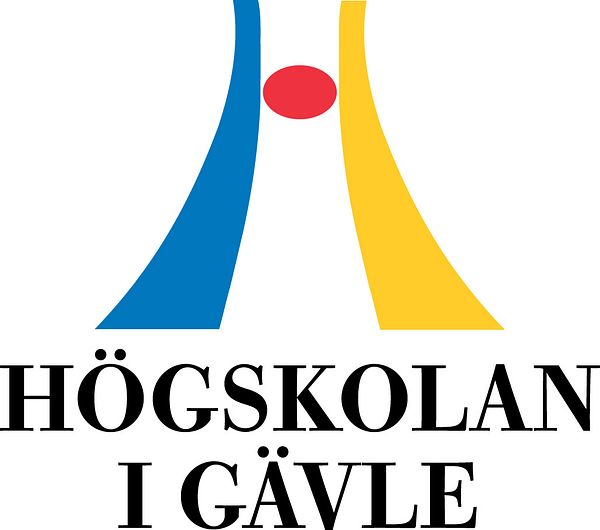Press release -
New clever method finds the best location for solar and wind farms
“I have developed an efficient method which can be used in selecting the best alternative from a million, or an infinite number, of alternatives,” says Goran Milutinovic, researcher at the University Gävle.
When using data from geographic information systems, where every point on the map is a potential alternative, the new method becomes really useful.

Goran Milutinovic
“By using automation in a process of comparison of two alternatives at a time, I have developed a method which can be used to decide on the best alternative among a million, or an infinite number, of alternatives,” Goran Milutinovic says.
He points out that there are a number of different methods in use today, but most of them are highly complex and demand experts. Goran Milutinovic’s method also makes it easier to visualize the decision-making process. The fact that methods fail to visualize the process is a common problem today; most methods only produce a result and reveal little about the process.
Sun, wind and water
For example, when deciding on the best location for a solar farm somewhere in Gävleborg, every area of 50 x 50 metres in Gävleborg is a potential alternative. A similar example is when the best location for a wind farm is to be selected. In both cases, other aspects must be taken into consideration like, for example, prevailing sun and wind conditions, distance to electricity grids etcetera.
Yet another example in which the location is essential is when constructing dams in a river, because the water flow rate per minute varies in different parts of the river and parts where the land is flat are unsuitable.
“In all cases, my method can be used to find the optimal location. I hope that my method will be used when finding a location for solar farms, wind farms or dams, instead of the most common methods currently in use which don’t quite work,” Goran Milutinovic concludes.
Goran Milutinovic defended his doctoral dissertation "Computational and Visual Tools for Geospatial Multi-Criteria Decision-Making " on 21 April, 2020 at the University of Gävle.
Contact:
Goran Milutinovic, PhD in geospatial information information science at the University of Gävle
Phone: 072-465 12 25
E-post: Goran.Milutinovic@hig.se
Text: Douglas Öhrbom
Photo Goran Milutinovic: Private
Topics
- Energy issues
Categories
- research
- gis
- wind turbines
- solar power
- risk analysis
- hydroelectric
- university of gävle
- geographical information systems
- decision systems
- goran milutinovic
Education and Research at a Scenic Campus.
The University of Gävle has approximately 17 000 students, more than 50 study programmes and second-cycle programmes, about 1 000 courses in humanities, social and natural sciences and technology.
Research Profiles
Built Environment and Health-promoting Working Life are the general research profiles of the higher education institution. Important parts included are Spatial Planning with a specialisation in Sustainable Built Environment and Musculoskeletal Disorders with the purpose to prevent work-related injuries. In 2010, the higher education institution received permission to carry out third-cycle programmes in the profile area of Built Environment.
The higher education institution has applied for permission to carry out third-cycle programmes in technology, humanities and social sciences.
